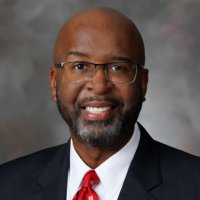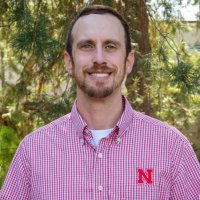
Applied Wildlife Ecology & Spatial Movement Lab
@awesmlab
Lab @unlincoln | Providing applicable science to help landowners and management agencies balance the needs of ag landscapes while creating healthy ecosystems
ID: 1313206460642361349
http://go.unl.edu/awesm 05-10-2020 19:57:08
1,1K Tweet
1,1K Followers
969 Following



A big shoutout to our amazing undergraduate researchers for all their hard work this year! Kol Tafka presented her research on pheasants as a potential umbrella species today at the University of Nebraska-Lincoln Student Research Days. Jarett Walter also shared his research on full season cover



In our lab, we turn science into practical solutions for land stewardship. Creating wildlife habitat on your agricultural land can also benefit your operation. At the Eastern Nebraska Research, Extension and Education Center (Univ of NE ENREEC), cattle enjoyed our demonstration prairie




New #WildAg episode is live! This month we are joined by Adam Kester, Access Program Manager at Nebraska Game and Parks, and Addie Piernicky, NCAP Coordinating Wildlife Biologist at Pheasants Forever, to learn all about how public access programs are transforming hunting access in









Great day with Nebraska Game and Parks, @Pheasants4ever & Natural Resources Conservation Service prepping for the June 17th Field Day! Landowner quote—“You know your ag lands are healthy when you see wildlife.” Join us to see conservation + ag in action. 🌾🦌 #WorkingLands #ConservationInAction




I had the opportunity to speak at the Nebraska Career Ed Conf yesterday on a big question: “How do we feed and fuel a growing world while sustaining the land that makes it possible?” Follow our Applied Wildlife Ecology & Spatial Movement Lab—we are helping to make conservation real on working lands.













